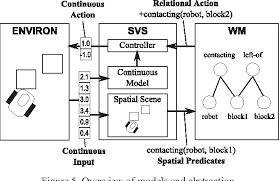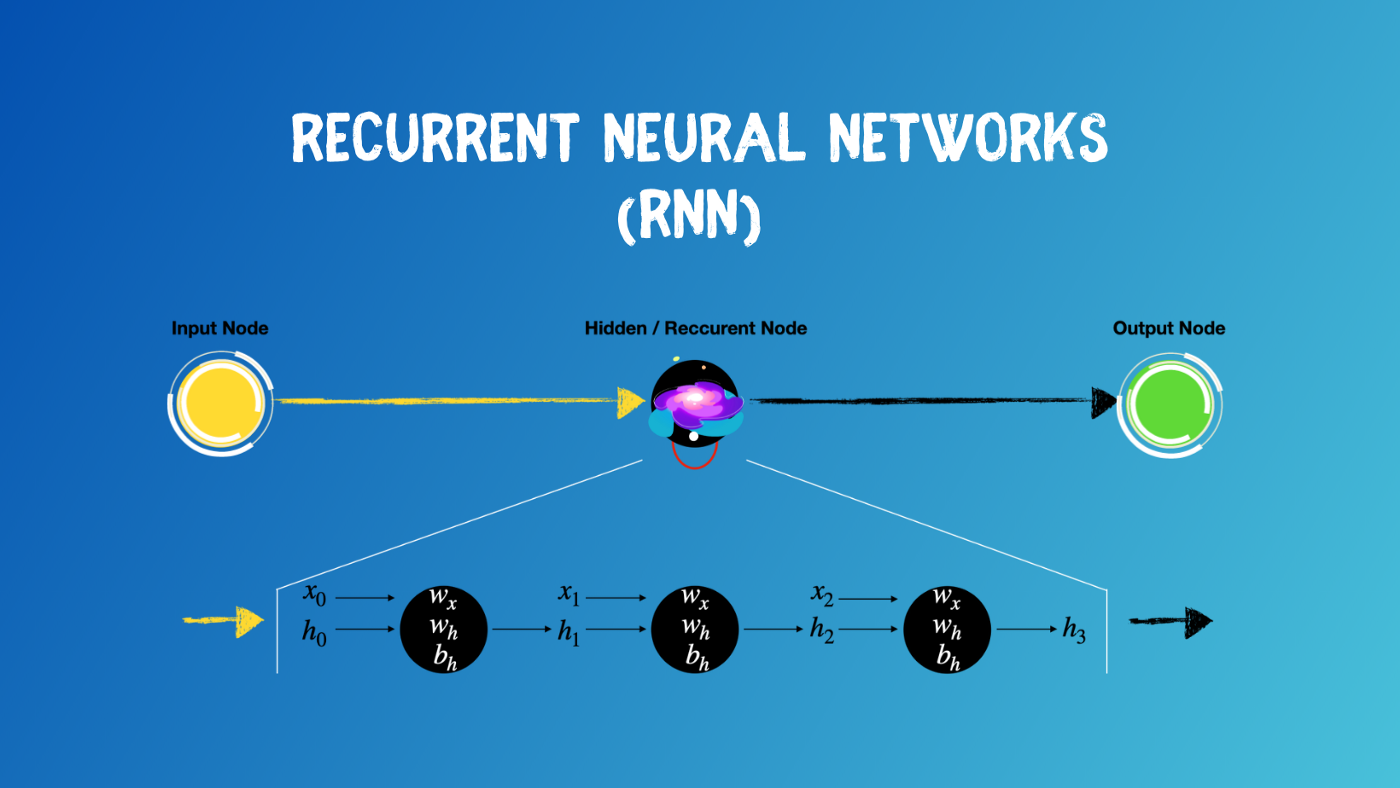
Artificial intelligence is used in games to predict and simulate human behavior. It aids game developers in regulating player performance by classifying players, and predicting their future actions. AI can regulate player behavior, in some cases, even in real time. It's unclear how much AI has achieved in games. This article explores the benefits and future of AI-based games. Read on to learn more! Is AI used in games?
Artificial Intelligence for video games
Unintended behavior of AI in computer games is not uncommon. For example, AI in video games has been known to run away from you when your health is low, hide behind a cover object when you are out of bullets, and so on. While it is not dangerous for players, its unintended behavior can be annoying. This article will explore some of most common AI examples in video games.
AI in video games is commonly implemented through ad-hoc behavior authoring. This method requires manual rules definition, and is often limited to certain situations. AI is typically implemented in videogames by coding agents' behavior according to the player's environment. But not all methods of AI offer learning capabilities. A variety of AI methods have been applied in games, including machine learning and deeper learning. AI-based AI can be seen in Total War games using perceptrons to manage units.

Examples of AI games
AI research has always been about game play. In 1951, computer scientists developed the first computer game, Nim. It was a tiny box but it managed to beat highly-trained individuals. In 1952, Dietrich Prinz, Christopher Strachey, and Christopher Strachey developed checkers and chess programs to be used with the Ferranti Mark 1 machine. AI is becoming more sophisticated and even the simplest game can be made more difficult and engaging with today's AI.
AI and game design are making games more interesting. Gamemakers continue to push the boundaries of technology, improving their games every day. In games, reinforcement learning (a main branch of AI) is most often used. The reason for this is that games offer easy data and conditions for applying AI techniques. Examples of AI in games include classic Atari titles like Space Invaders and the Chinese board game go. These games provide the perfect environment for researchers to explore new AI techniques.
Benefits
The recent trend of artificial intelligence being used in games is spreading across all industries. Technology is becoming an integral part of almost every industry, from finance to robotics to medicine. However, there are some key ways AI can help the gaming industry. Here are three of the most compelling reasons to incorporate AI into your next game:
Artificial intelligence isn’t meant to replace humans in game development, but it can be used as a tool by game designers. Petz lets players customize the behavior and training of their virtual pets. AI loses its ability to control the gaming experience. For instance, humans can show up in the exact same spot repeatedly while AI will never visit it. The AI will automatically attack the same location without exploring anything else.

AI in games: The Future
There are many promising signs for the future of AI in games. AI will offer players unique experiences by combining content with systems. AI programmers will be able to create challenging games for players. They will still need to think about the current market in order to make their creations a success. It will be fascinating to see how AI programmers can improve the game industry. But how far does AI go?
Today, most video games already contain some form of AI. Modern AI can provide game developers with many benefits, including improved photorealistic effects, content generation, balance, and intelligence for non-playing characters. These advances in AI will save companies money and time. What does the future hold? AI will be the next big thing but it will take some time before it becomes mainstream.
FAQ
What is AI and why is it important?
It is estimated that within 30 years, we will have trillions of devices connected to the internet. These devices will include everything from fridges and cars. Internet of Things, or IoT, is the amalgamation of billions of devices together with the internet. IoT devices will be able to communicate and share information with each other. They will also be capable of making their own decisions. A fridge might decide whether to order additional milk based on past patterns.
According to some estimates, there will be 50 million IoT devices by 2025. This represents a huge opportunity for businesses. This presents a huge opportunity for businesses, but it also raises security and privacy concerns.
How does AI work?
An artificial neural network is made up of many simple processors called neurons. Each neuron receives inputs and then processes them using mathematical operations.
The layers of neurons are called layers. Each layer performs a different function. The raw data is received by the first layer. This includes sounds, images, and other information. It then passes this data on to the second layer, which continues processing them. Finally, the last layer produces an output.
Each neuron also has a weighting number. This value is multiplied with new inputs and added to the total weighted sum of all prior values. If the result is greater than zero, then the neuron fires. It sends a signal down to the next neuron, telling it what to do.
This cycle continues until the network ends, at which point the final results can be produced.
What is the role of AI?
An algorithm is a set or instructions that tells the computer how to solve a particular problem. An algorithm is a set of steps. Each step has a condition that determines when it should execute. The computer executes each step sequentially until all conditions meet. This process repeats until the final result is achieved.
Let's take, for example, the square root of 5. If you wanted to find the square root of 5, you could write down every number from 1 through 10. Then calculate the square root and take the average. It's not practical. Instead, write the following formula.
sqrt(x) x^0.5
This says to square the input, divide it by 2, then multiply by 0.5.
A computer follows this same principle. The computer takes your input and squares it. Next, it multiplies it by 2, multiplies it by 0.5, adds 1, subtracts 1 and finally outputs the answer.
How will AI affect your job?
AI will eradicate certain jobs. This includes taxi drivers, truck drivers, cashiers, factory workers, and even drivers for taxis.
AI will create new employment. This includes positions such as data scientists, project managers and product designers, as well as marketing specialists.
AI will make it easier to do current jobs. This includes positions such as accountants and lawyers.
AI will make it easier to do the same job. This includes customer support representatives, salespeople, call center agents, as well as customers.
What are the benefits to AI?
Artificial Intelligence is an emerging technology that could change how we live our lives forever. Artificial Intelligence is already changing the way that healthcare and finance are run. It is expected to have profound consequences on every aspect of government services and education by 2025.
AI is already being used to solve problems in areas such as medicine, transportation, energy, security, and manufacturing. As more applications emerge, the possibilities become endless.
It is what makes it special. It learns. Computers learn independently of humans. Instead of teaching them, they simply observe patterns in the world and then apply those learned skills when needed.
AI's ability to learn quickly sets it apart from traditional software. Computers can quickly read millions of pages each second. They can recognize faces and translate languages quickly.
It can also complete tasks faster than humans because it doesn't require human intervention. It may even be better than us in certain situations.
In 2017, researchers created a chatbot called Eugene Goostman. Numerous people were fooled by the bot into believing that it was Vladimir Putin.
This is a clear indication that AI can be very convincing. Another advantage of AI is its adaptability. It can be trained to perform different tasks quickly and efficiently.
This means that companies do not have to spend a lot of money on IT infrastructure or employ large numbers of people.
AI: What is it used for?
Artificial intelligence (computer science) is the study of artificial behavior. It can be used in practical applications such a robotics, natural languages processing, game-playing, and other areas of computer science.
AI is also referred to as machine learning, which is the study of how machines learn without explicitly programmed rules.
There are two main reasons why AI is used:
-
To make our lives easier.
-
To be better at what we do than we can do it ourselves.
Self-driving automobiles are an excellent example. We don't need to pay someone else to drive us around anymore because we can use AI to do it instead.
How does AI affect the workplace?
It will change our work habits. We will be able automate repetitive jobs, allowing employees to focus on higher-value tasks.
It will help improve customer service as well as assist businesses in delivering better products.
It will allow us future trends to be predicted and offer opportunities.
It will enable companies to gain a competitive disadvantage over their competitors.
Companies that fail AI adoption will be left behind.
Statistics
- By using BrainBox AI, commercial buildings can reduce total energy costs by 25% and improves occupant comfort by 60%. (analyticsinsight.net)
- According to the company's website, more than 800 financial firms use AlphaSense, including some Fortune 500 corporations. (builtin.com)
- That's as many of us that have been in that AI space would say, it's about 70 or 80 percent of the work. (finra.org)
- The company's AI team trained an image recognition model to 85 percent accuracy using billions of public Instagram photos tagged with hashtags. (builtin.com)
- A 2021 Pew Research survey revealed that 37 percent of respondents who are more concerned than excited about AI had concerns including job loss, privacy, and AI's potential to “surpass human skills.” (builtin.com)
External Links
How To
How to build a simple AI program
A basic understanding of programming is required to create an AI program. Many programming languages are available, but we recommend Python because it's easy to understand, and there are many free online resources like YouTube videos and courses.
Here is a quick tutorial about how to create a basic project called "Hello World".
You'll first need to open a brand new file. This can be done using Ctrl+N (Windows) or Command+N (Macs).
Then type hello world into the box. Press Enter to save the file.
To run the program, press F5
The program should display Hello World!
This is just the beginning, though. You can learn more about making advanced programs by following these tutorials.